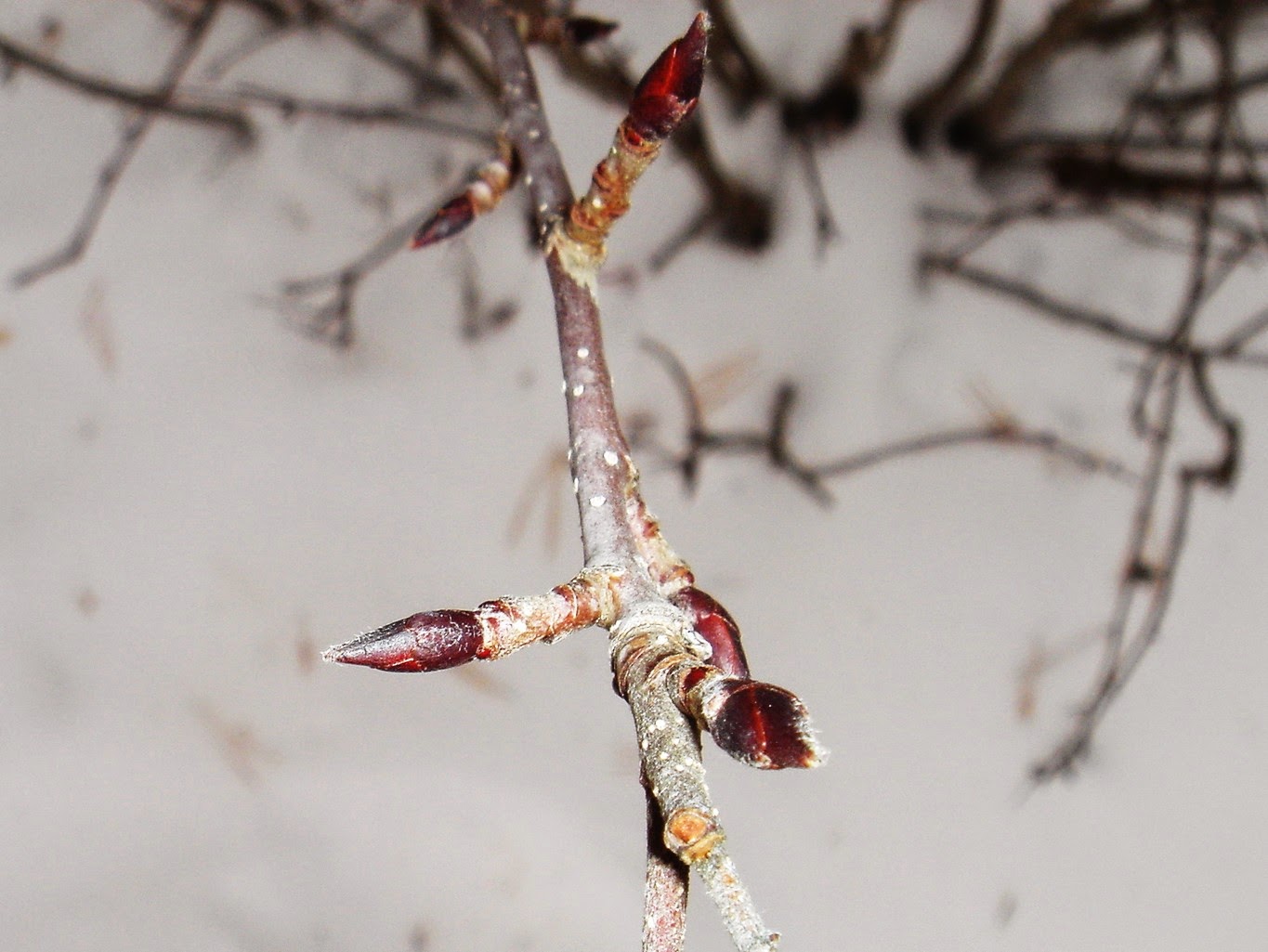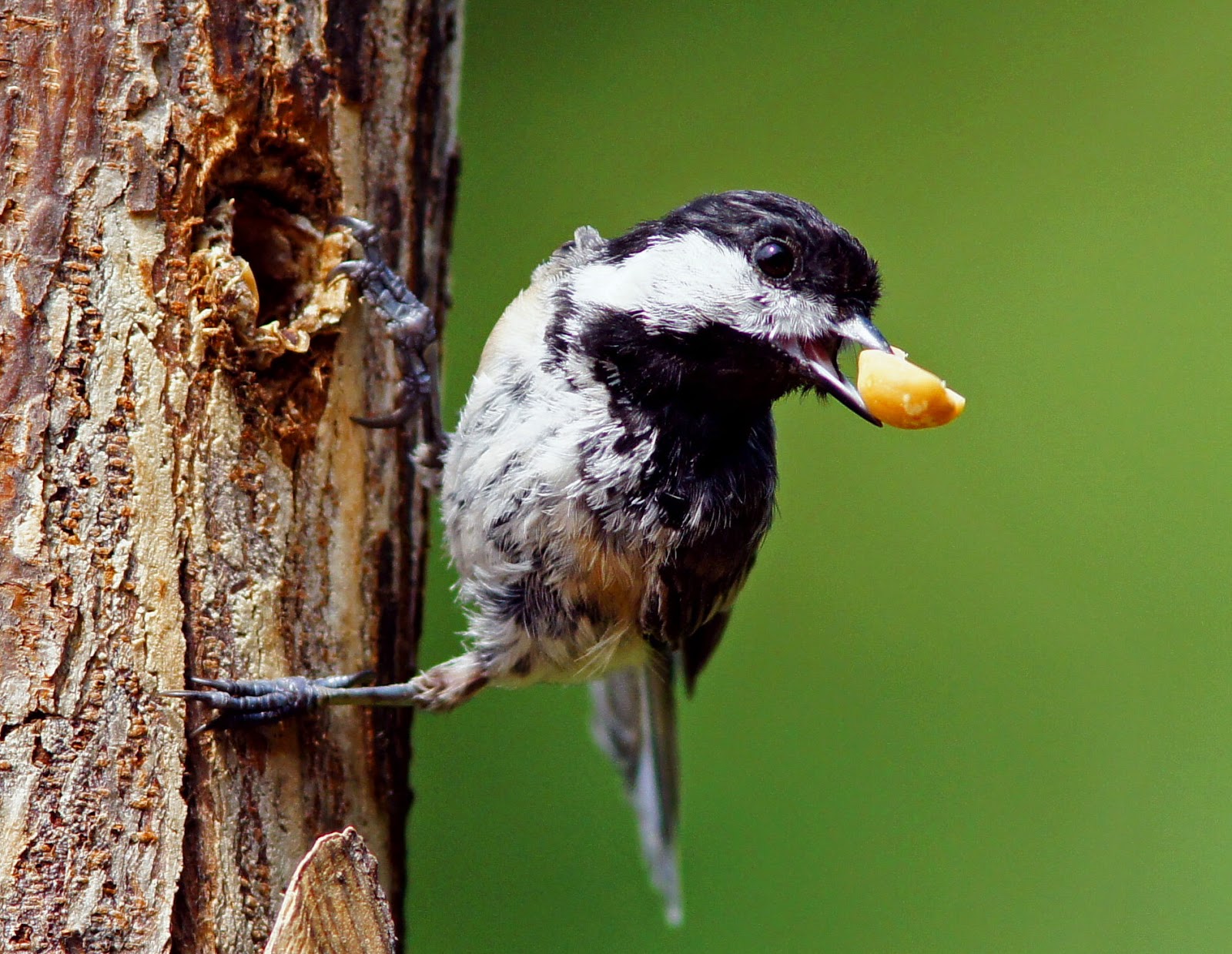 |
| Baltimore Oriole |
Close up: the beaks of Baltimore Oriole, Red-winged Blackbird, and Common Grackle. All three of these birds are in the blackbird family (ICTERIDAE).
Orioles have a long, thick-based, pointed bill. They love ripe fruit and will stab the closed bill into a soft fruit, then open their mouth to cut in and drink with their brush-covered tongue.
Blackbirds have a very sharp slender bill to glean seeds from weedy plants like cocklebur. Sometimes they probe at the base of aquatic plants, prying them open to get at insects hidden inside.
Grackles devour crops like corn, eat garbage, and can saw open acorns. Their bill is long and pointed, but slightly curved down, with a hard keel on the inside of the upper mandible.
 |
| Grackle (juvenile on left) |
 |
| Red-winged Blackbird |
 bottom: Mallard female Anas platyrhynchos
bottom: Mallard female Anas platyrhynchos

















































